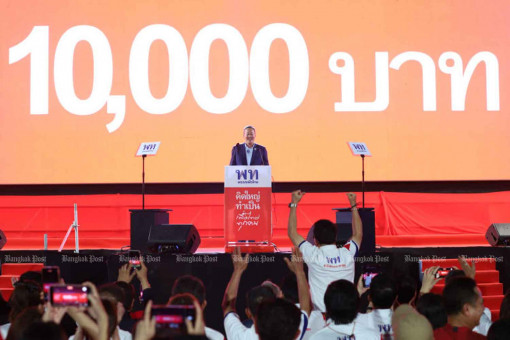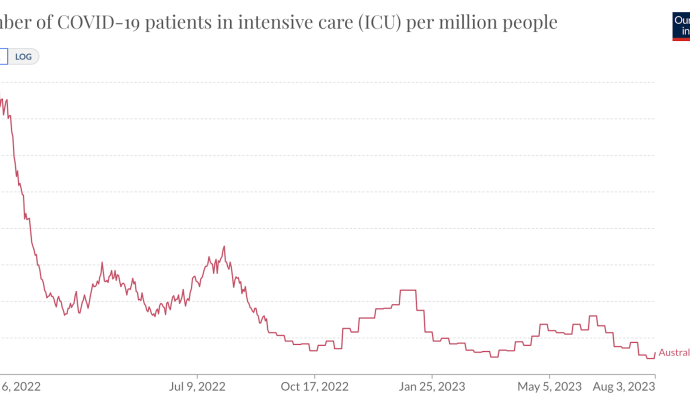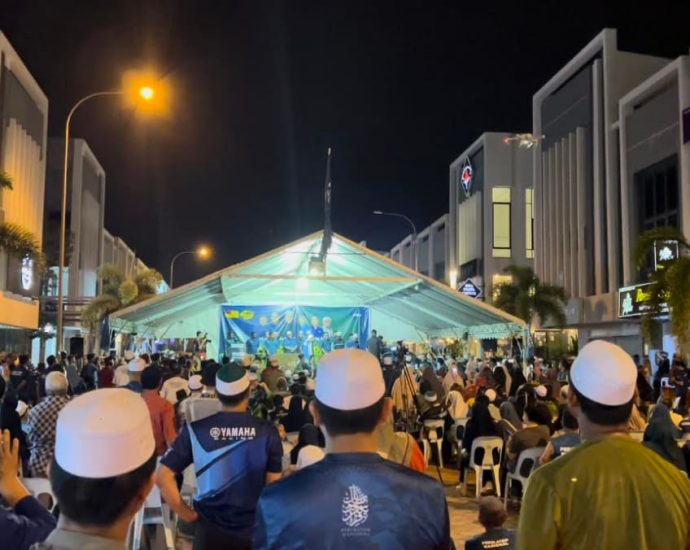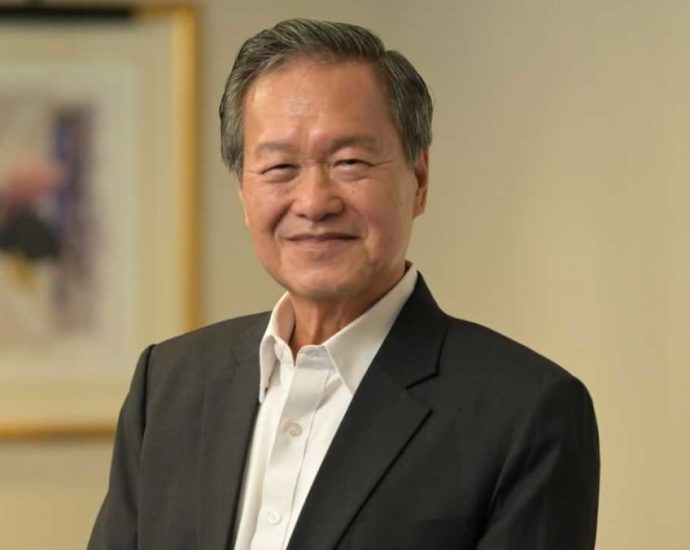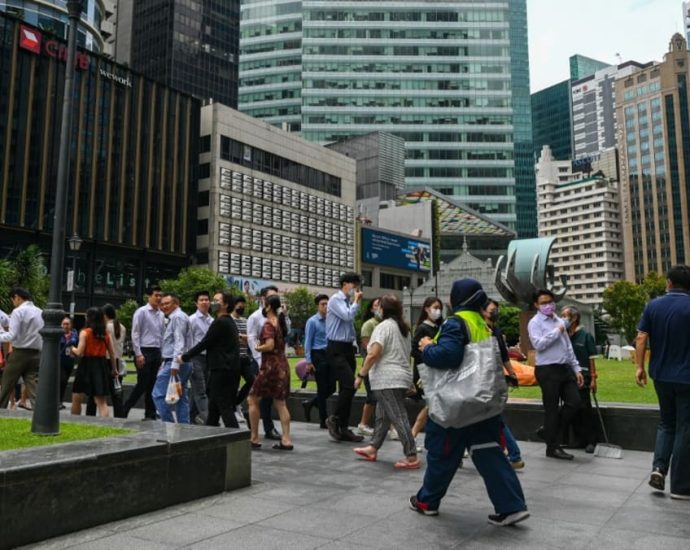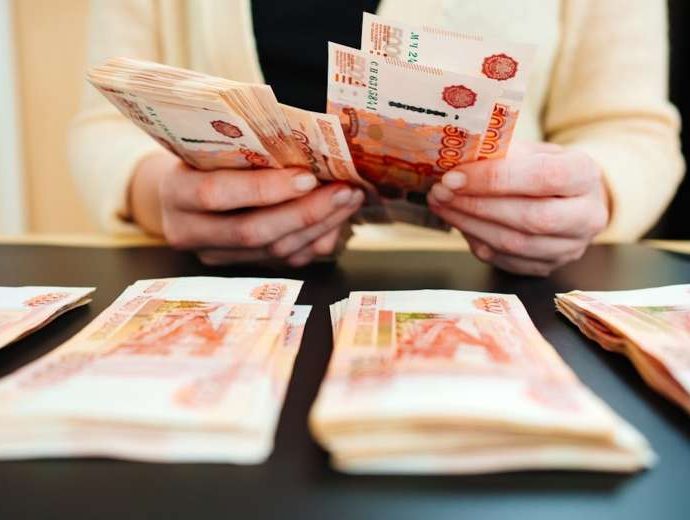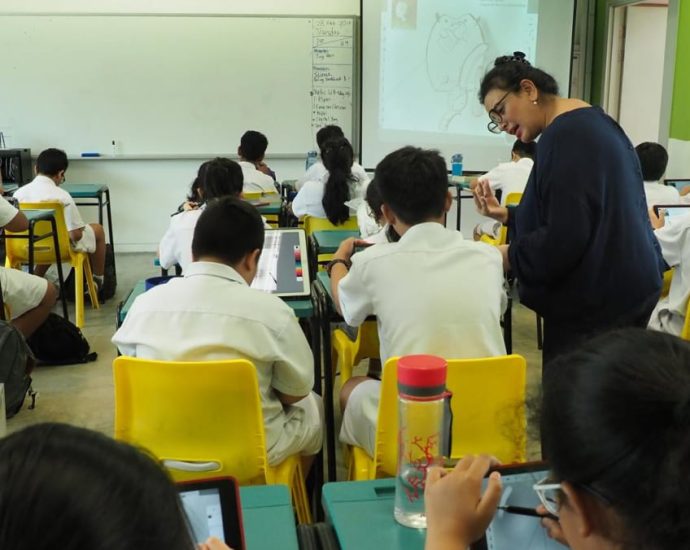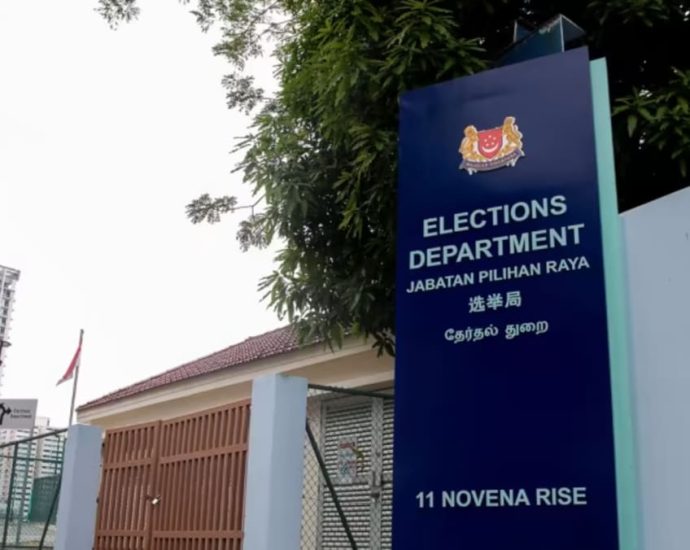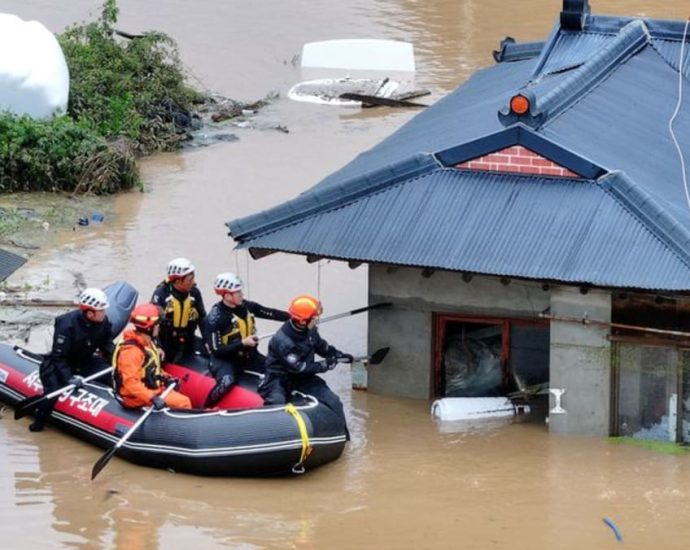Pheu Thai to revive âdigital walletâ
Party sees 10,000-baht handout for millions as a key to economic upturn
PUBLISHED : 11 Aug 2023 at 17:04

The Pheu Thai Party intends to reintroduce its 10,000-baht digital wallet programme once the government it is forming takes office, says deputy secretary-general Paopoom Rojanasakul.
The party shelved the policy after finishing second in the May 14 election, as the social welfare policies of the election-winning Move Forward Party were given priority when the latter was attempting to put together a coalition government.
“Now the situation has changed and Pheu Thai is now the core (of a new coalition),” Mr Paopoom said on Friday. “Today, the party would like to officially declare that it will move ahead with the digital wallet policy, using blockchain technology.
The policy involves a 10,000-baht digital handout to every Thai aged 16 and over, delivered to a smartphone. The digital money can only be spent within a four-kilometre radius of recipients’ homes and is valid for six months.
“There would be no problems for those without access to this application as they could use their national ID card to get a personal code instead,” Mr Paopoom said.
Thailand would be among the very first countries to introduce this form of digital payment, he said.
Responding to criticism from some economists who believe the policy would cause inflation, Mr Paopoom said the Pheu Thai economic team had carefully evaluated the programme and believed there would be no negative effects on the country’s financial security. It would instead spur major economic growth, he said.
In parallel with the digital handout, a capital market and securities exchange commission for digital assets would be set up, he added.
“That is to say, we will go ahead with the digital wallet scheme and make it fully operational for the benefit of the country,” he said.
Srettha Thavisin, who is expected to be nominated as the party’s prime ministerial candidate, declared during the election campaign that the 10,000-baht handout would unleash an “economic tsunami” of consumption, delivering benefits to many sectors of the economy.
He defended the cost of the policy, which the party has put at 560 billion baht, saying it was on par with the promises of other parties that were pledging to raise social welfare payments by other means.
The Thai Chamber of Commerce has predicted a GDP boost of 2.5% or more from the fund infusion. It suggested that the digital wallet rollout should start with low-income earners. It could then be expanded to entrepreneurs and small business operators on condition that they are registered in the tax system.

